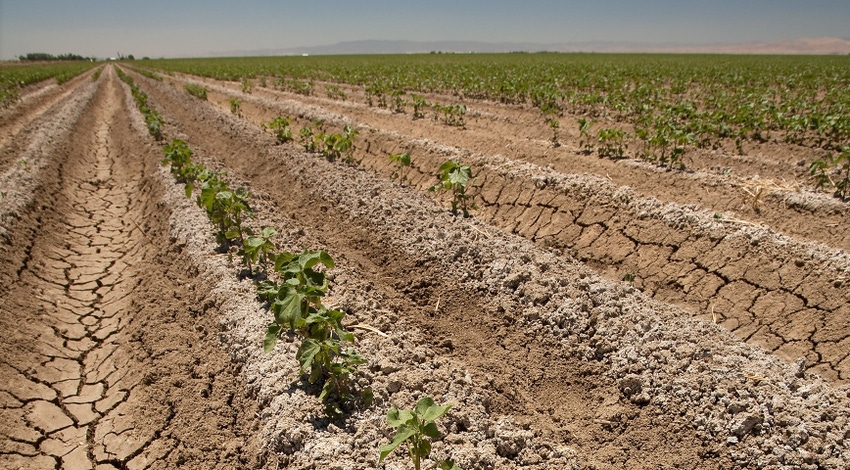
Farmers and other agriculture professionals interested in cotton are invited to a field day from 9 a.m. to 1 p.m. March 26 to find ways to revitalize the California cotton industry.
The meeting will be at Teixeira & Sons Farm, 11323 Erreca Rd., Dos Palos. For free registration, email [email protected] or call (559) 303-9689. Lunch is included.
There was a time when cotton was king in California. Acreage reached a peak in the late 1970s and early 1980s, with more than 1.5 million acres in the Central Valley planted to cotton. The crop was California's most valuable agricultural commodity. Due to world market conditions, water limitations, state pesticide regulations, government policies on trade, and competition, annual cotton acreage is down to about 300,000 and shrinking.
“Cotton is an expensive crop to grow, but low in value,” said Jeff Mitchell, UC Cooperative Extension specialist. “High input costs and low commodity prices are a recipe for farm failure,” he said, citing David Montgomery's book Growing a Revolution – Bringing our Soil Back to Life.
Mitchell and his field day partners believe using sustainable cotton production methods will cut the input costs and open the door to fiber and textile buyers who want a product grown in a way that supports soil health, worker health and human health.
“The health of the whole system is increasingly important,” Mitchell said.
Traditional cotton production practices lend themselves to improvement. In the past, cotton was grown with open, exposed soil between the plants and applications of pesticides that inhibited soil biodiversity. A new approach would involve cover crops, surface residues and reduced tillage.
“The meeting will be a straight forward sharing of new information and ideas aimed at helping farmers avoid obsolescence and make their crops become more attractive to buyers,” Mitchell said.
Source: University of California Division of Agriculture and Natural Resources, which is solely responsible for the information provided and is wholly owned by the source. Informa Business Media and all its subsidiaries are not responsible for any of the content contained in this information asset.
About the Author(s)
You May Also Like




